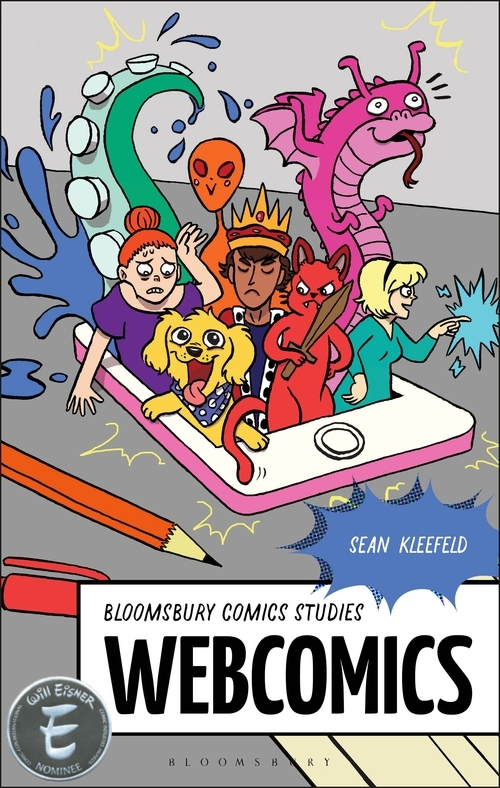 Last week, a package arrived in the mail containing issues #1-4 of Violet Miranda: Girl Pirate. I vaguely remember ordering them, but I'm at a total loss as to when and where I first heard about it. I love these kinds of pseudo-surprises because I've completely forgotten it's context and I can read through it with no preconceived notions other than that I must have thought it sounded good based on something.
Last week, a package arrived in the mail containing issues #1-4 of Violet Miranda: Girl Pirate. I vaguely remember ordering them, but I'm at a total loss as to when and where I first heard about it. I love these kinds of pseudo-surprises because I've completely forgotten it's context and I can read through it with no preconceived notions other than that I must have thought it sounded good based on something. The story concerns two girls, Violet and her best friend Elsa Bonnet. Their fathers were both pirates who once served under Calico Jack Rackham, but have since retired to live out a peaceful existence with their families on a small island. The girls dream about being swept away by some dashing buccaneer and are, therefore, quite excited when they spy a ship headed their way. It turns about to be Calico Jack's son, looking for revenge. He and his crew kill the two fathers and take their wives and children on as prisoners. Over the course of the next several issues, Violet and Elsa go from being prisoners to pirates in their own right and give Jack Jr. a run for his money.
The story is well-crafted, and the transition from prisoners to pirates flows smoothly and logically. I've seen this type of direction tried by any number of creators in the past, and it often feels clunky and poorly executed for the sake of getting to the more action-oriented parts of the story. Writer Emily Pohl-Weary takes a bit more time with that portion of the story, devoting a whole two issues to the transition thereby ensuring that the change is not abrupt. She's clearly cognizant that such a transition is an intriguing part of the character's journey, and it's refreshing to see that Violet is not saddled with the cliché epiphany in the middle of a mindless fight sequence.
The visual storytelling through the series is solid. There's some clever narrative tricks artist Willow Dawson uses that border on being called Eisner-esque. Issue #2, particularly has some very nice narrative devices in it, notably Jack Jr. beginning to expound on some history and the sword fight training. That said, though, I think the art is going to be the biggest turn-off for many people.
As I said, the storytelling is solid, but what I think will be a hard sell for many readers is the actual illustration style Dawson uses. It's much more graphic and less representational than many comic book artists' styles. There's very little cross-hatching or texturing in favor of solid black shadows, for example. Hair tends to be drawn as a singular mass than a series of individual strands. While these artistic choices are not wrong by any means (I rather enjoy them in fact) I suspect it will not be comfortable for those who are more familiar/comfortable with "traditional" comic book artwork.
But why not judge for yourself? Here's page 4 from issue #3...

"Thanks for pointing out this neat looking book to me, Sean? But where, oh where, can I find a copy? My local comic shop does not seem to have any!"
Well, the book is Canadian. Most of issues in fact sport full page ads for a Canadian magazine organization. And there's obviously nothing wrong with Canadian comics, but they, I don't believe, have a deal with Diamond, meaning that there's almost no chance of them showing up in an American comic book shop. (But THAT is a subject for another blog post!) In the meantime, though, you can buy the books online from the publisher, Kiss Machine.






1 comments:
Hey - I think I've contacted you about this before via your blog, although I never got back to you. Would you happen to have the PHP script of your issue library on the ffplaza.com site? I did hire a PHP programmer to make a script here: emmafrostfiles.com/issues/index.php ; although, I need some type of different script for another website. Hope this doesn't sound too forward...but let me know. Thanks.
Post a Comment